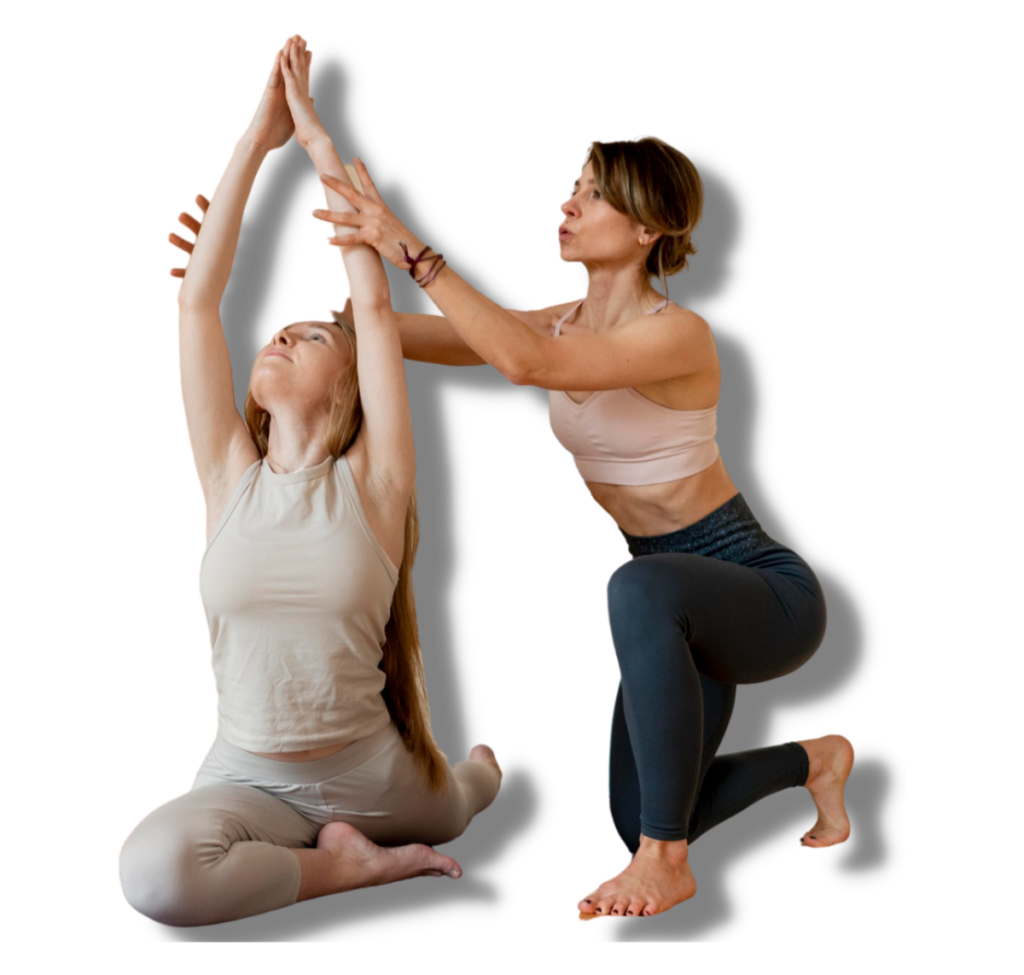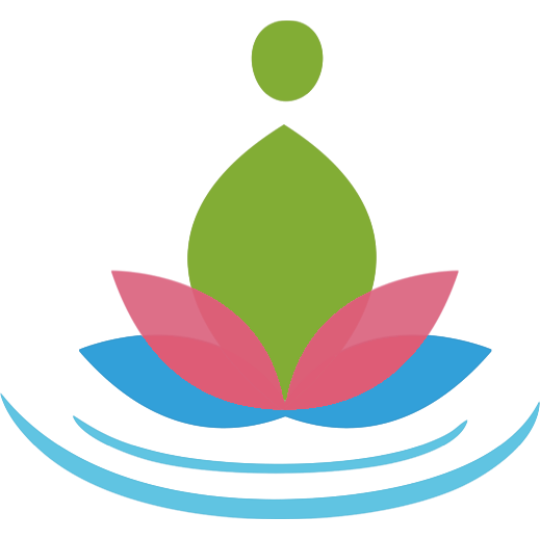Yoga Teacher Training Program
Join our next Yoga Teacher Training Program & become a Certified and Registered Yoga Teacher to fulfill your dreams.

Start Date: 18th October, 2025
Students get authentic yoga knowledge, practical skills and lots of hands on experience in practice, observation, assistance and adjustments.
Asanas
Pranayamas
Physiology
Philosophy
About The Programme
Our Hatha Yoga Teacher Training program is a comprehensive course approved by the Yoga Alliance.
Indian Yoga and Medication Centre Inc. is a registered Yoga School RYS 200 since 2007. You can become a registered Yoga Teacher by successfully completing our teacher training education program at 200 hr level. We keep the class size small so that everyone gets the opportunity for more hands on experience and presentations.
Our curriculum is a nice blend of authentic knowledge of the east nicely blended with the modern and most effective teaching styles of the west to make you a dynamic, confident and knowledgeable Yoga teacher.
Explore ancient-to-modern yoga practices, philosophies, practical yoga anatomy, the world of pranayama, meditation techniques, subtle energetic, the art and science of designing yoga classes, and far more….
Yoga teacher training course components
01. Technique Training & Practicum
i) Asanas (bodily postures)
Detailed theoretical study of the various hatha yoga postures in regard to their sanskrit names, instructions ,form, alignment, breathing principles, flow, benefits, contra indications and awareness at both beginner and intermediate levels.
ii) Pranayama (breathing exercises)
Participants get the opportunity to learn this great ancient art of breath control which greatly helps the body to detoxify, integrate, harmonize, and balance the bodily functions.
iii) Mudras (gestures) :
This component of the course focuses on the study and practice of various gestures involving the hands, mind, and body. Participants will explore their physiological and energetic effects, including benefits, contraindications, and safe applications. The regular practice of these gestures enhances internal bodily functions and supports a deeper connection between the inner self and the higher self. It also fosters both intra-body communication and a harmonious link between the individual and the universal consciousness.
iv) Bandhas (locking actions):
This section of the course will provide an in-depth exploration of Bandhas—the internal energy locks used in traditional yogic practices. Students will gain a thorough understanding of the theory behind these locking mechanisms, as well as detailed guidance on how to correctly perform each type of Bandha, including Mula Bandha (root lock), Uddiyana Bandha (abdominal lock), Jalandhara Bandha (throat lock) and Maha Bandha (great lock).
Bandhas are not merely physical contractions; they serve as powerful tools for directing and controlling the flow of prana (life force) within the body. By skillfully applying these locks, practitioners can help to dissolve energetic blockages, known in yogic terms as granthis or psychic knots, which often obstruct the free flow of energy.
The regular and mindful practice of Bandhas prepares the subtle energy channels (nadis) for the safe and effective awakening of Kundalini Shakti, the dormant spiritual energy believed to reside at the base of the spine. Ultimately, mastering the Bandhas supports the deep internalization of awareness, enhances meditative states, and aligns the practitioner with higher states of consciousness.
v) Shatkarmas
Shatkarma, also known as Shatkriya, is a vital component of traditional Hatha Yoga that focuses on internal purification and detoxification. The term “Shatkarma” comes from Sanskrit: “Shat” meaning six, and “Karma” meaning actions or practices. These six cleansing techniques are designed to purify the body and mind, preparing the practitioner for higher yogic practices such as pranayama, meditation, and the awakening of kundalini.
According to classical texts like the Hatha Yoga Pradipika, Shatkarmas help remove toxins, balance the doshas (Vata, Pitta, Kapha), and regulate the flow of prana (life force) in the nadis (energy channels), making the body and mind steady and fit for spiritual practice.
In this course, students will gain a conceptual understanding and practical introduction to selected shatkarmas that are safe and accessible for modern practitioners. Emphasis will be placed on:
- The theory and philosophy behind shatkarma
- Step-by-step practice guidelines
- Safety precautions and contraindications
- Modern applications and relevance
- How to guide others in these practices responsibly
02. Teaching Methodology
This section includes learning the arts of; teaching methods, development of communication, presentation, sequence, class design, demonstration, observation and assistance skills through assisted and guided
practice by the means of practical presentations and class feedback.
03. Anatomy & Physiology
Learning the functional anatomy in regard to various postures by anatomically deconstructing the pose, and identifying the various muscle groups involved. The six basic movements of the body which occur in the three different planes would be applied to the important Postures.
04. Yoga Philosophy
Participants get a deeper understanding of the Patanjali’s yoga sutras, the verses of the “Bhagvad Geeta” and Important Upanishads.
05. Practicum
Students would get lots of hands on experience in structuring and teaching the classes in the form of class presentations which would help them a become dynamic and confident yoga teacher.
Course includes:
- 30 weekends (Saturday/Sunday)
- 180 contact hours
- 63 non-contact hours
- Digital workbook
- Relevant Printed Books
- Exam & Certificate
